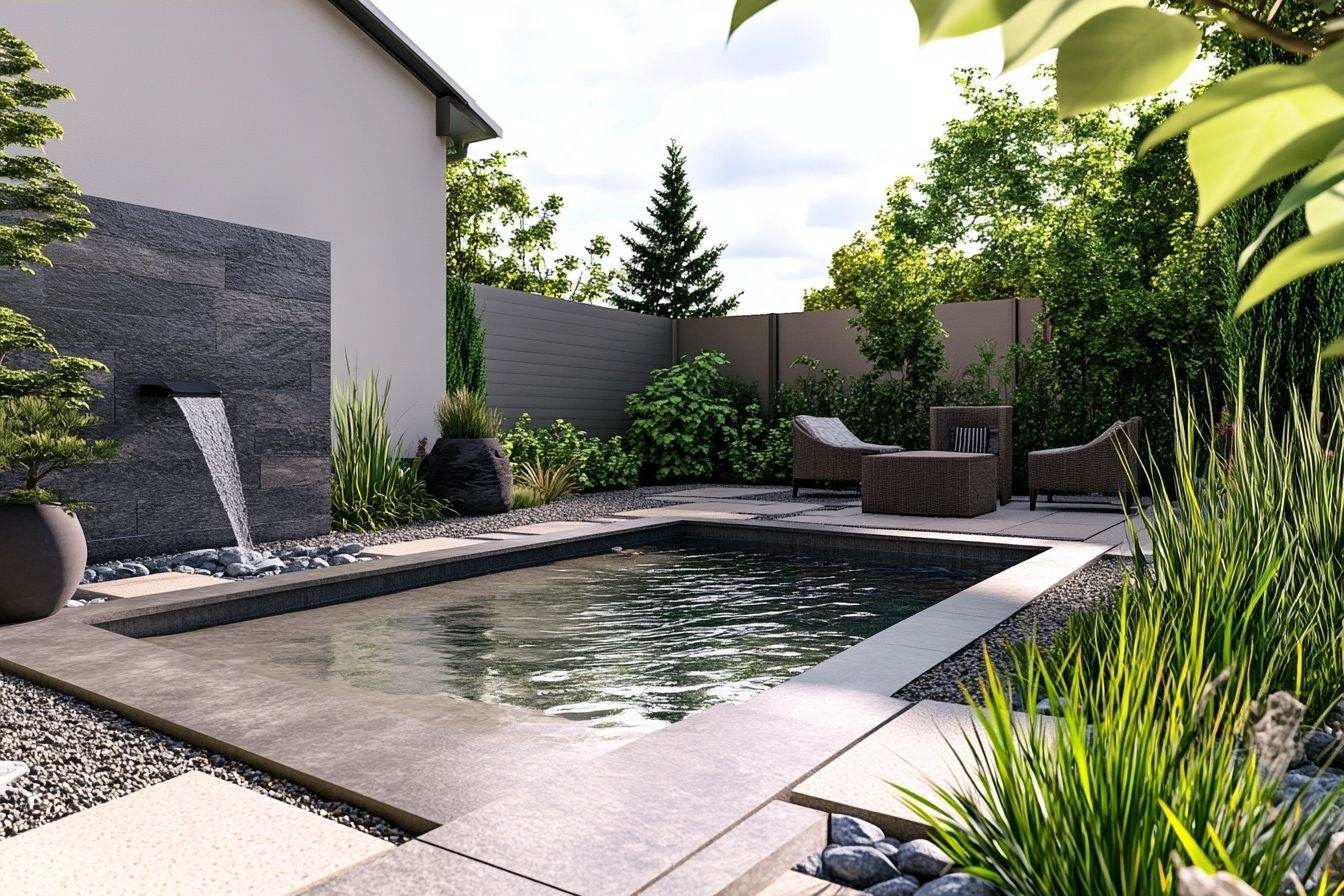Garden Fountains: Choices, Design, and Care
A garden fountain can transform an outdoor space by adding movement, sound, and a focal point that attracts birds and soothes the senses. Whether you have a compact courtyard or an expansive backyard, a fountain can be scaled to fit the setting and the climate. This article explains what a water fountain is, how to choose and design one for your garden, and practical guidance on installation, maintenance, and safety so you can make informed choices that match your lifestyle and landscape.

What is a water fountain?
A water fountain is a self-contained component of landscape design that circulates water to create visual and auditory interest. In a garden, fountains range from simple bubbling bowls to tiered stone structures and modern sculptural pieces. Functionally, most fountains rely on a submersible pump to move water through tubing and return it to the basin, creating a continuous loop. Materials include concrete, stone, metal, ceramic, and fiberglass, each with different weight, longevity, and appearance considerations. Choosing a style that complements plantings and hardscape will help integrate the fountain into the broader garden design.
How to choose a garden fountain
Selecting a garden fountain starts with scale and context. Measure the area where you plan to place the fountain and consider sight lines from windows and seating areas. Smaller fountains suit patios and containers, while larger fountains work well in open lawns or formal beds. Think about material and finish—stone and concrete have a traditional look, while copper and stainless steel convey a contemporary aesthetic. Consider wildlife and local climate: shallow basins can freeze in winter and may require winterizing, while deeper basins can support small fish in mild climates. Noise level is another factor: a gentle trickle is intimate, while a strong cascade makes a louder statement.
How to design a water feature for small spaces
Designing a water feature in a compact garden focuses on proportion and multifunction. Vertical elements like a wall-mounted fountain or a tall pedestal fountain create presence without consuming ground area. Container fountains or recirculating urns fit corners and terraces and can be moved seasonally. Use reflective surfaces and contrasting plant textures to enhance the sense of space; tall grasses or narrow evergreens frame the feature without overpowering it. For balconies or rooftops, ensure the structure and container are rated for outdoor use and that the weight and drainage needs are compatible with the surface below.
How to maintain an outdoor fountain
Routine maintenance extends the life of a fountain and keeps water clear and pump systems working efficiently. Regular tasks include removing debris such as leaves, skimming the basin, and cleaning algae or mineral deposits from surfaces. Check the pump monthly to ensure inlet screens are free of obstruction and that water levels are adequate to prevent dry-running. Seasonal maintenance may involve winterizing in colder climates—draining and storing pumps, covering basins, or using antifreeze-safe methods for specific units. Use water treatments sparingly and choose products made for fountains if needed; avoid household chemicals that can harm finishes or nearby plants.
Installation and safety for your fountain
Proper installation improves performance and minimizes hazards. Place the fountain on a level, stable surface; heavy fountains often require a concrete pad or reinforced base. Route electrical supply safely with a GFCI-protected outdoor circuit and conceal cords to prevent tripping. If you hire local services for installation, verify that electricians and landscapers are licensed and follow local codes. For gardens with children or pets, consider safety features such as shallow basins, protective edging, or removable covers. Drainage planning is important too—ensure overflow and splash won’t create erosion or collect near foundations.
A garden fountain is a water feature that can add sensory appeal, habitat value, and aesthetic interest to outdoor spaces. Thoughtful selection—based on size, material, sound, and maintenance needs—ensures the fountain complements your landscape and lifestyle. Regular care, correct installation, and attention to safety requirements will help your fountain remain an enjoyable element of your garden for years to come.






